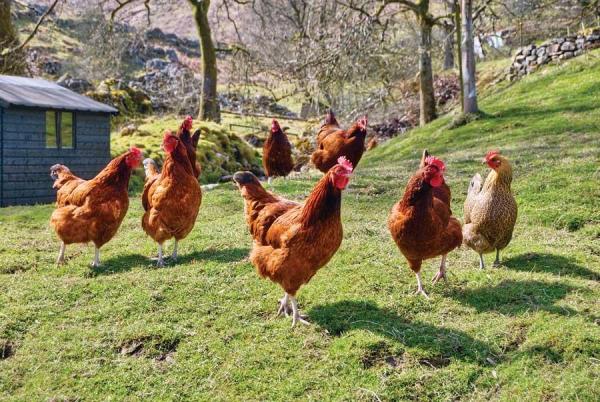
India is the 5th largest producer of broiler (meat breed) in the world. There is much more for India- in terms of production of eggs, India ranks 4th in the entire world. The road to efficient poultry farming & management is understanding the anatomy of chickens and accordingly, how chickens that are built differently from each other fare differently in egg production and meat yield comparisons. Let us look at the top egg-producing chicken breeds first –
Upkari
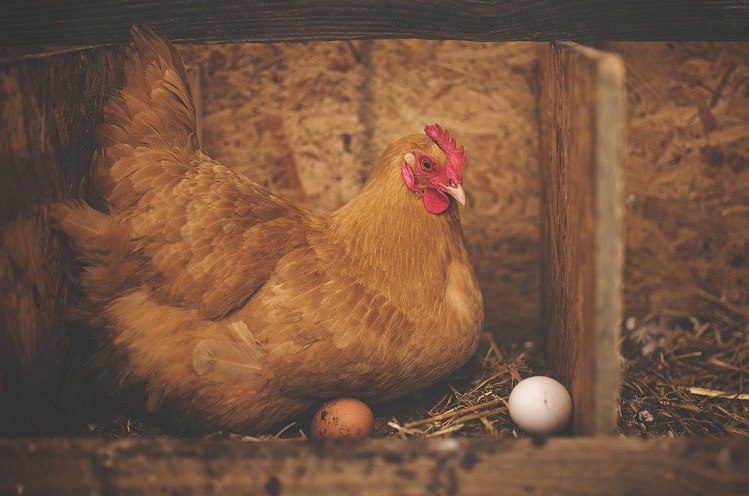
These poultry rooster hens are native to India and weigh around 1.5kg on average. Being some of the most efficient egg layers, these hens typically lay about 170 eggs annually. Within this breed exist certain sub-breeds as well, such as the CARI Priya layer, CARI Sonali layer, and CARI Devendra layer. Of these, the CARI Priya layer is the most efficient sub-breed, which can lay up to 280-300 eggs in a year, followed by CARI Sonali which can lay between 200-220 eggs annually.
CARI PRIYA
Breeders of egg type chicken are primarily concerned with the development of quality layers in terms of high egg production, feed efficiency, livability and low chick cost. CARl Priya, earlier known as ILI-80, is one such commercial white egg layer. CARl Priya was developed by crossing superior male and female strains of White Leghorn.
| Production Characteristics | |||
| Maturity | First egg 50% production Peak production | 17 to 18 weeks 150 days 26 to 28 weeks |  |
| Livability | Growing Laying | 96% 94% | |
| Egg production | Peak Hen housed to 72 weeks Hen day to 72 weeks | 92% More than 298 eggs More than 301 eggs | |
| Feed consumption | Per dozen of eggs Per kg of egg mass | 1.77 kg 2.57 kg | |
| Egg size | Average egg weight | 57 g | |
| Egg quality | Internal | Excellent internal quality | |
| Temperament | Easy to handle, performs well under a variety of management system |
Special Features:
Efficient feed conversion
Superiority over other stocks
High positive return over feed cost
Low laying house mortality
CARI SONALI
To cater to the needs and high demand of the consumers, this golden brown egger was developed and released for its commercial exploitation in the year 1992 using White Leghorn as male line and Rhole Island Red as female line.
| Production Characteristics | |||
| Maturity | First egg 50% production Peak production | 18 to 19 weeks 155 days 27 to 29 weeks |  |
| Livability | Growing Laying | 96% 94% | |
| Egg production | Peak Hen housed to 72 weeks Hen day to 72 weeks | 90% More than 280 eggs More than 283 eggs | |
| Feed consumption | Per dozen of eggs Per kg of egg mass | 2.3 kg 2.8 kg | |
| Egg size | Average egg weight | 54 g | |
| Egg quality | Internal | Excellent internal quality | |
| Temperament | Easy to handle, performs well under a variety of management system |
Special Features:
Lays brown eggs
Efficient feed conversion
High egg production
CARI DEBENDERA
CARl Debendra is a medium-sized dual-purpose bird, produced by crossing coloured synthetic broiler line as male line and Rhode Island Red as female line. It is the most suitable bird for the Indian consumers due to its attractive bright plumage colour. The bird achieves moderate body weight at eight weeks of age with economic feed conversion ratio. The meat has lower carcass and abdominal fat than broiler meat, which makes it a consumer’s delight. CARl Debendra is also a suitable bird for rural poultry because of its better survivability and moderate egg production ability.
| Production Characteristics | ||
| Body weight at 8 weeks | 1100-1200 g |  |
| Body weight at 10 weeks | 1400 to 1500 g | |
| Body weight at 12 weeks | 1700 to 1800 g | |
| Feed conversion ratio (0-8 week) | 2.5-2.6 | |
| Age at sexual maturity | 155 – 160 days | |
| Egg production | 190-200 | |
| Annual egg production | 97% | |
| Livability (Growing) | 94% |
Special Features:
Efficient feed conversion
High positive return over feed cost
Superiority over other stocks
Low laying house mortality
Plymouth Rock
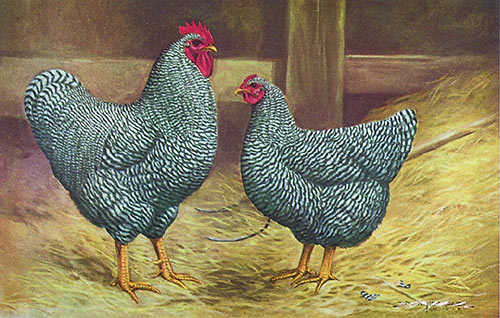
Inherently an American breed, this chicken has been widely farmed in India for decades now due to its capacity to lay around 250 eggs every year. These hens don’t fare well in cages and are recommended for farmers who wish to farm free-range eggs.
Did you know that you can farm different types of eggs from the same breed, and sell them at different price points by altering your technique? Yes it is there read my article to learn more.
Orpington
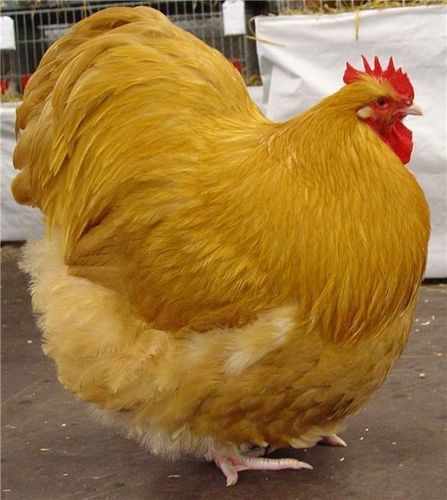
A popular choice among chicken farmers who’re looking for a pet as well as a layer, these friendly chickens hail from England but have been farmed extensively in India for many decades now. They come in beautiful and vibrant colours such as mauve, blue, black, or white and lay around 200 eggs every year.
Bantam Chicken
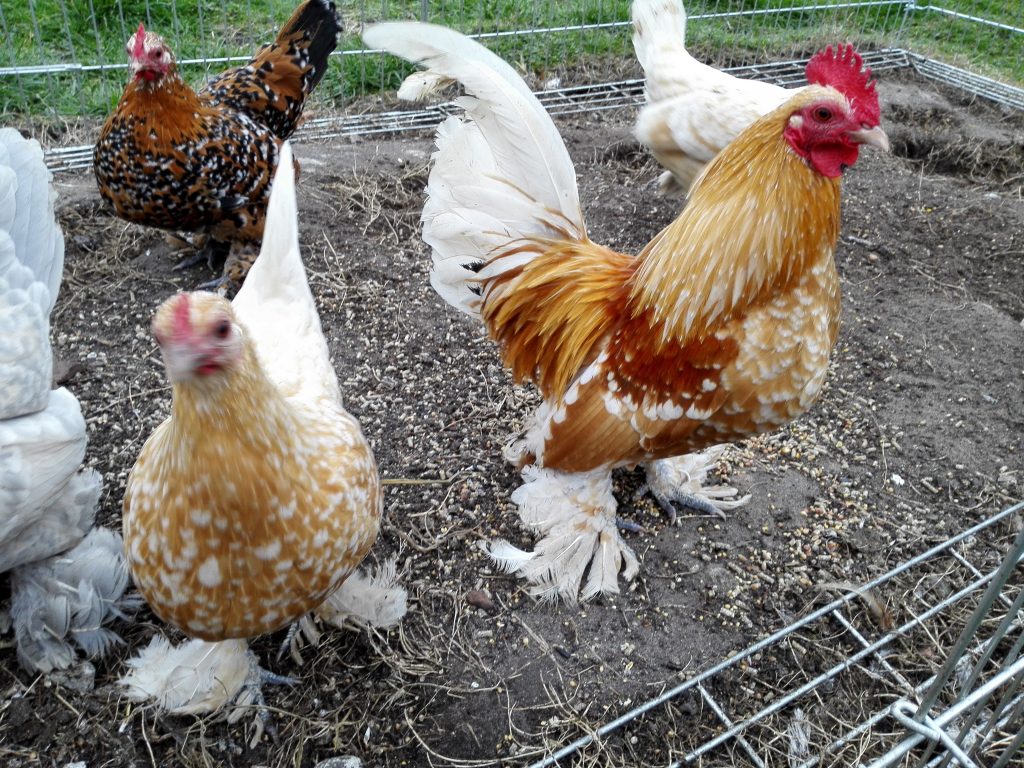
Another chicken breed that is popular among pet and layer enthusiasts, these hens are relatively smaller in size and require less feed to thrive and survive. They need a mix of closed spaces made of sturdy material and open spaces to roam around. Typically, they lay around 150 eggs annually.
Kalamaki (Kadaknath)
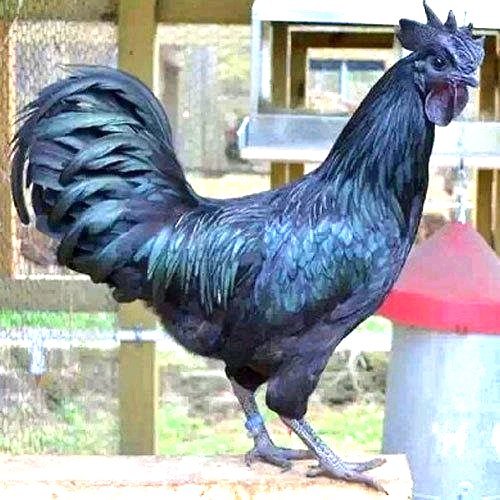
The name of this breed comes from the colour of its flesh (Kala–black, mas–meat) which is black in colour and can be distinguished from other breeds at a mere glance. It also has some sacred connotations and is used for making sacrifices within Hindu mythology. While the black meat is highly prized for its medicinal and epicurean value, as a layer this breed can produce 100 or more eggs annually, making it a great dual-purpose variety to farm.
Hitkari
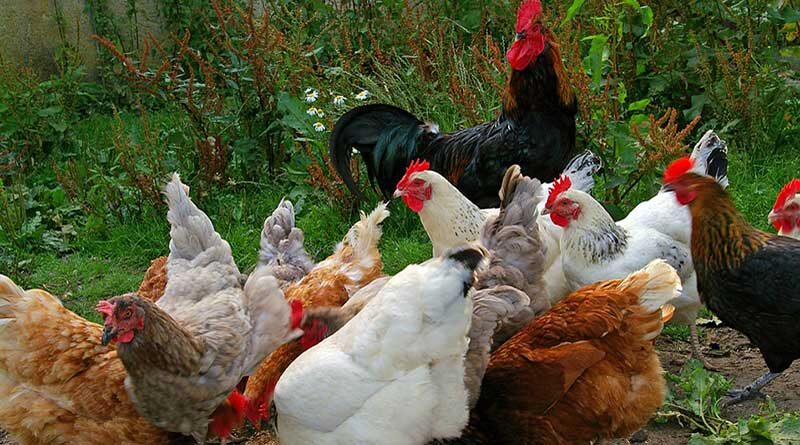
These birds are larger than your typical Indian layers and have characteristically long necks. These necks are not covered in fur and become reddish around the age of maturity. Annually, these birds can produce 100 eggs and are native to the Kerala region.
Some other varieties of layers that are engineered and cross-bred to improve laying output are CARI Nirbhek, Kamrupa, Pratapdhan and Jharsim, and can yield around 150 eggs on average annually.
For the purpose of its meat, chicken is farmed at different stages along its lifecycle. For instance, at the broiler stage, the chicken is around 6-8 weeks in age. The grower stage is attained at 10-20 weeks, depending on climate, feed and breed. Layers take the longest to mature (around 27-30 weeks) and only then do they start laying eggs. Let us look at some common breeds that are farmed for their meat in India–
Varnaraj
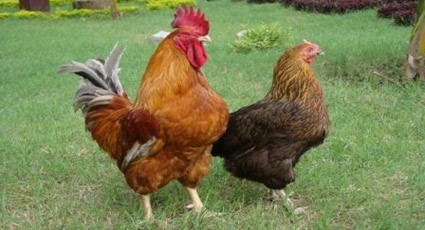
Aimed at providing livelihood to rural communities in Hyderabad, Varnaraj is a dual-purpose chicken that can thrive on natural, scavenged food with minimal supplementation and can be reared without much infrastructure. It has distinctive, colourful feathers and is immune to many diseases. When reared free-range, these chickens can produce 100 or more eggs annually and with regard to meat, at the broiler stage, Varnraj chickens’ weight is between 1.2-1.5 kg.
Cariboo-91 (CARIbro Vishal)
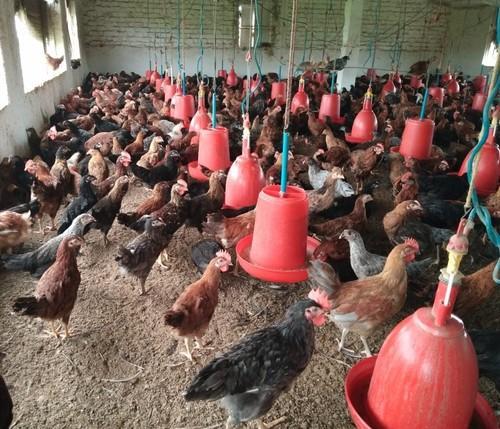
At the broiler stage, these chickens can weigh around 2kg and therefore, make excellent meat varieties. It is typically white-feathered and has high disease resistance in addition to the incredibly fast growth pace. One of the most suitable varieties as per the Indian climate, this chicken is also economical in production due to its feed conversion capability.
Cariboo Multicolored
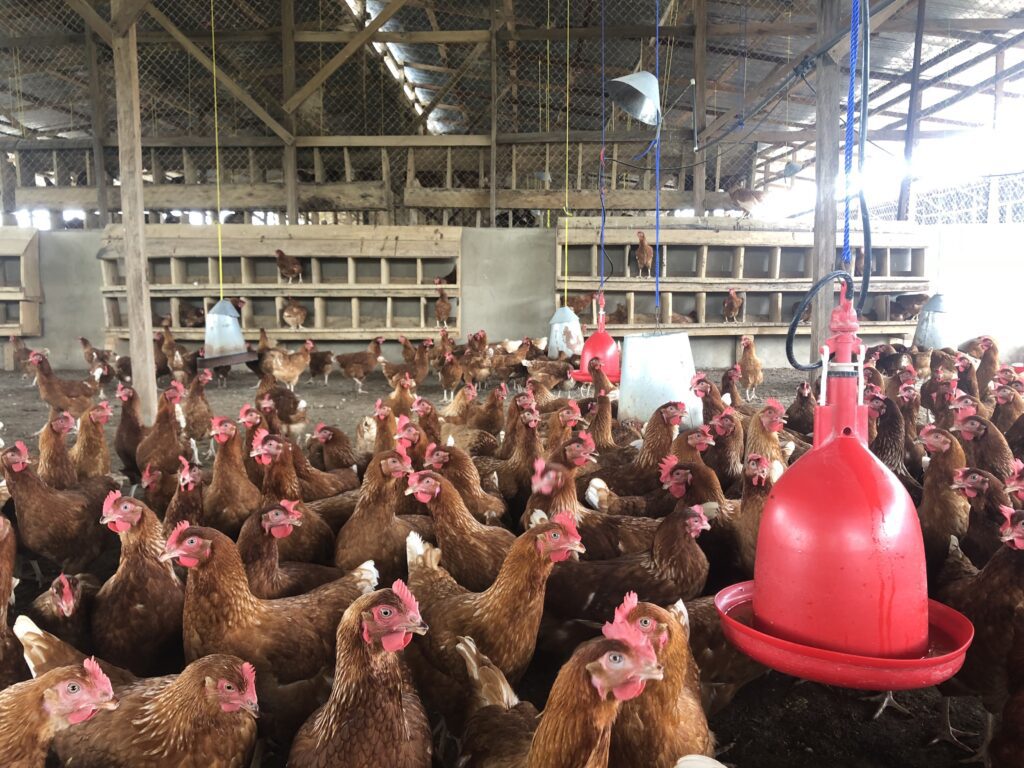
At the broiler stage, this variety weights between 1.6-2 kg, making it an extremely popular breed among poultry farmers and poultry enthusiasts. These birds are hardy and adapt well to changing climatic conditions, and survive well in tropical conditions–most of India. Additionally, they are resistant to diseases like bursal disease, Ranikhet, and other poultry-related infections. They come in many colours and are well accepted in the commercial broiler market.
There are innumerable CARI breeds that have been indigenously developed by cross-breeding and other methods of modification, in order to attain the best quality and quantity in yield – both in terms of eggs and meat. You can also consider growing dual variety chickens like Kadaknath, Rhode Island Red and New Hampshire which are prized for their meat as well as eggs.
To start your own poultry farm, study material is sufficient upvey.com. you can study and start your own profitable poultry farm.
Financial and Business expert having 30+ Years of vast experience in running successful businesses and managing finance.





